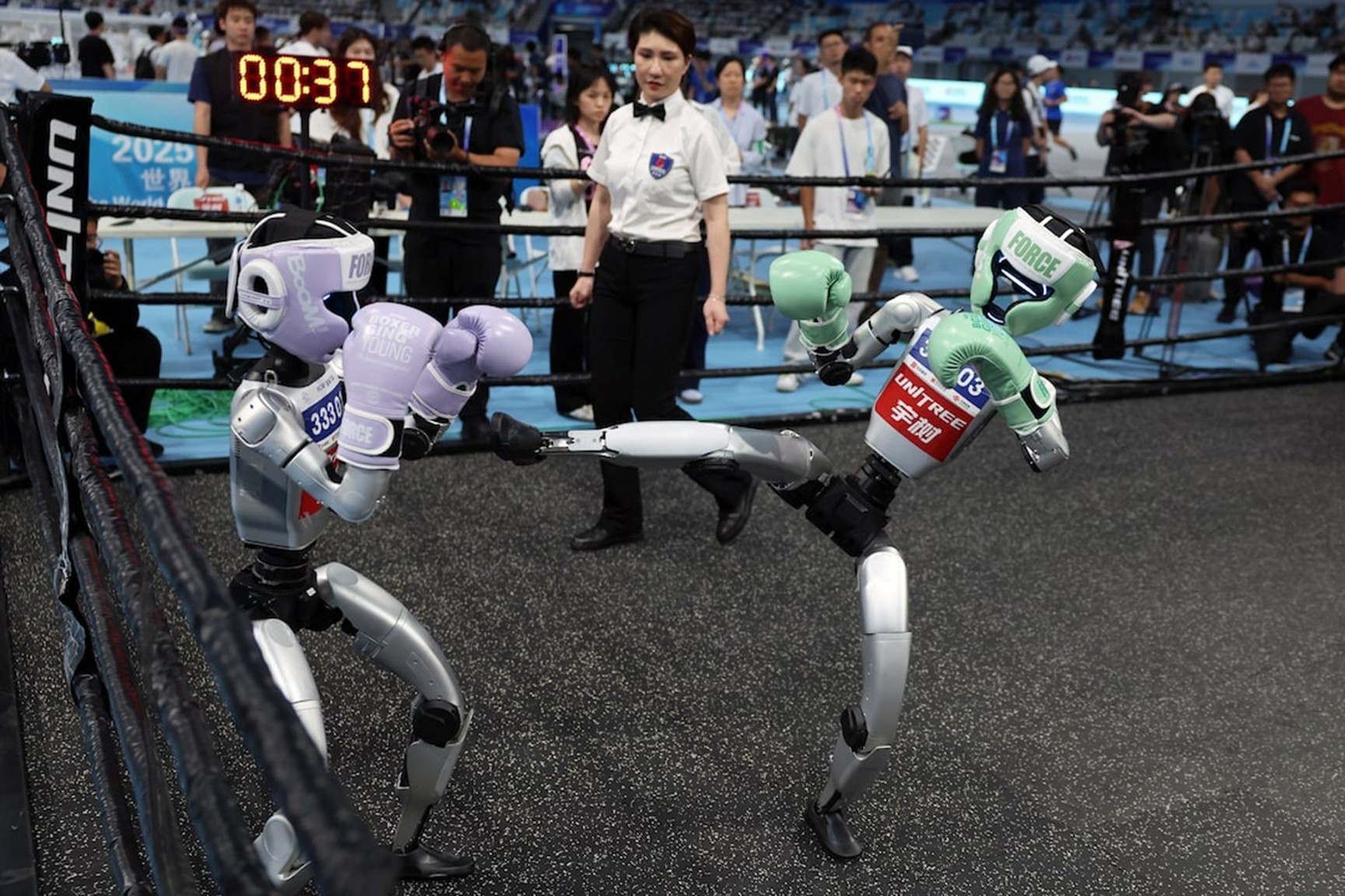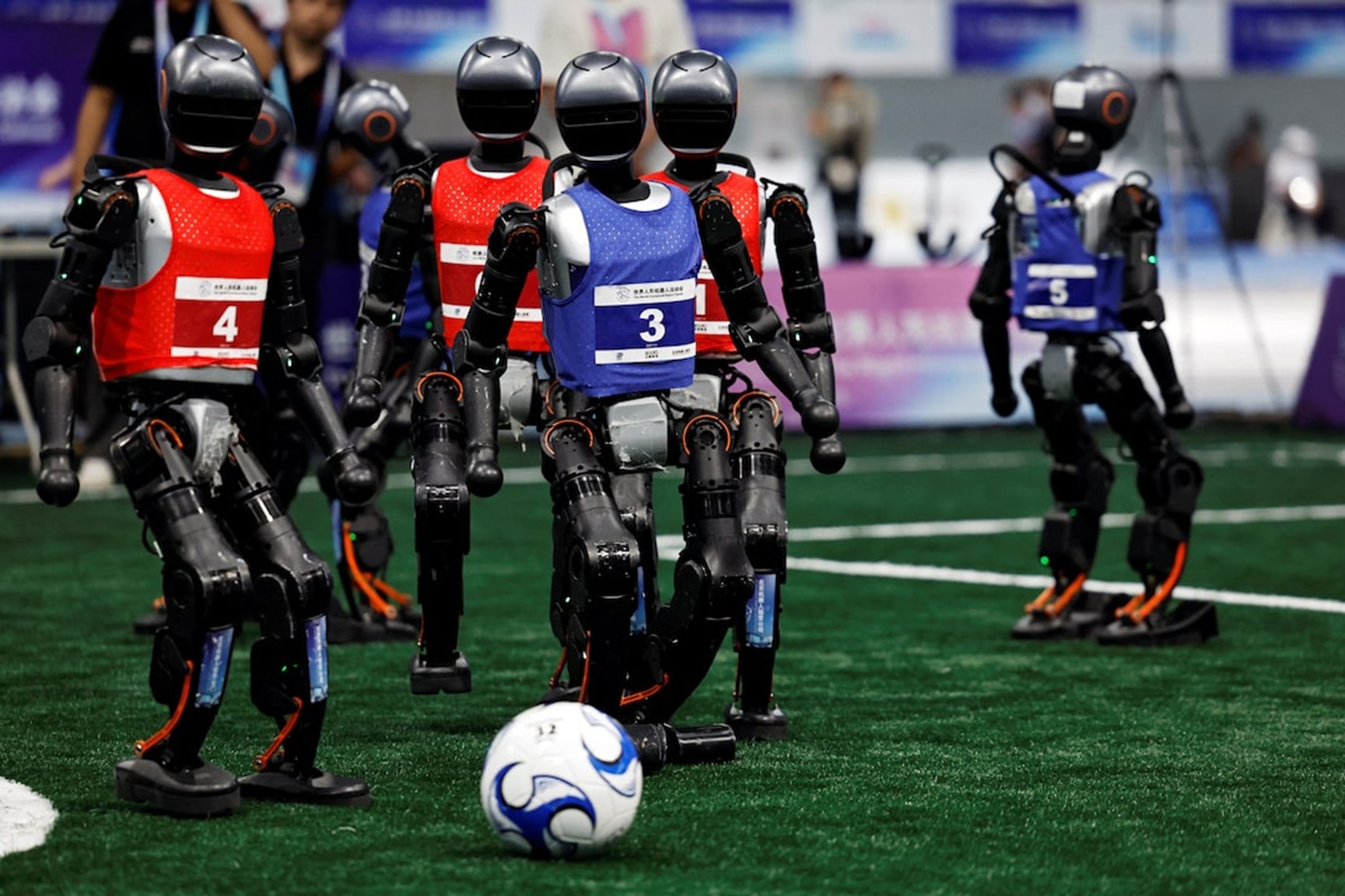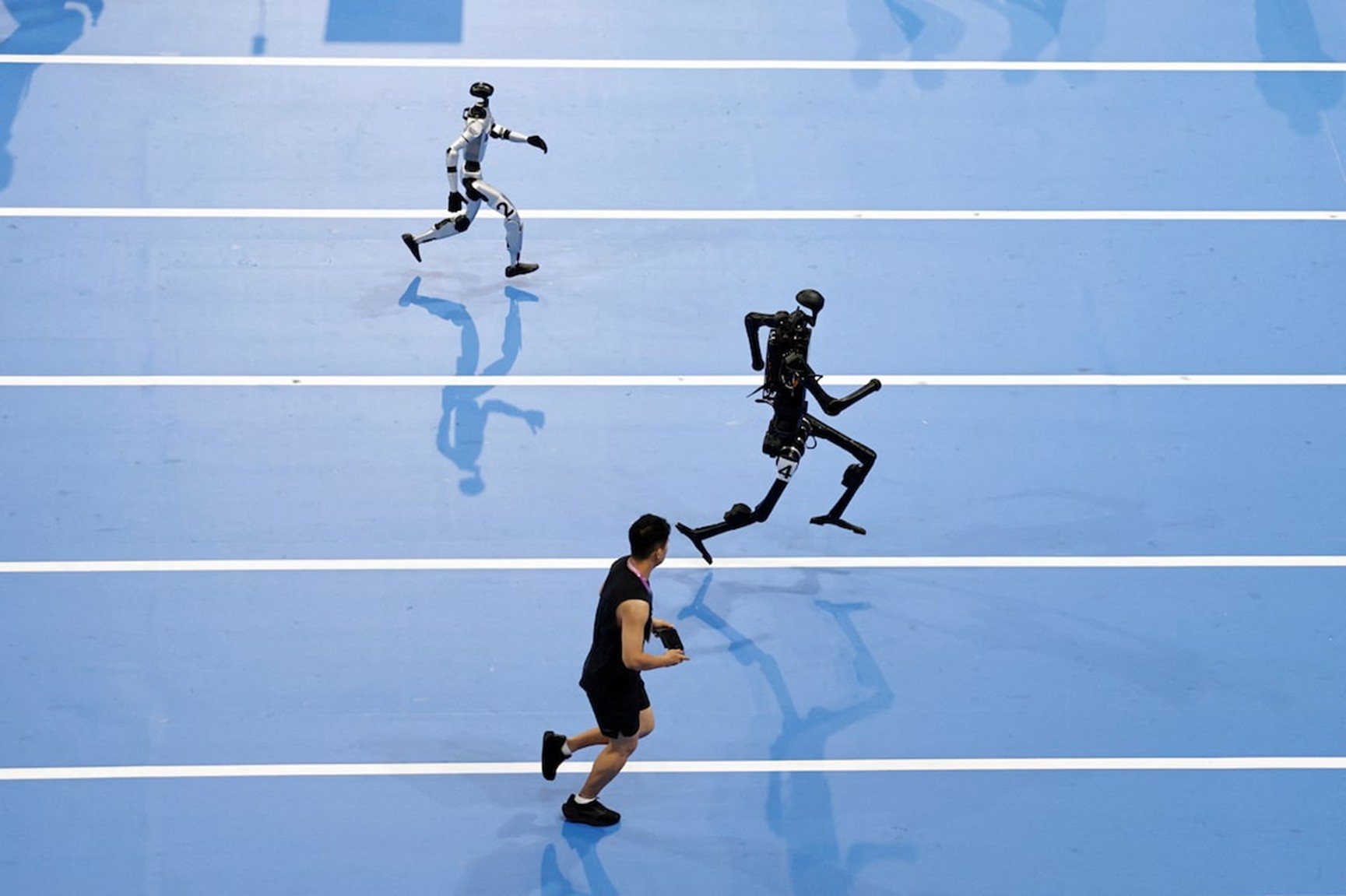
The world’s first Humanoid Robot Games opened in Beijing with great fanfare. The three-day event drew 280 teams from 16 countries, including 192 university groups and 88 corporate teams. Competitions ranged from football, sprinting, and table tennis to material handling and pharmaceutical sorting.
Tickets for the “Robot Olympics” were priced between 128 and 580 yuan (approximately 17.83 to 80.77 USD). Teams from around the globe brought their robots to compete. “We are here to compete and win, but we are also deeply interested in the research,” said Max Polter, a member of the German HTWK Leipzig robotic football team. “This event lets us test exciting new approaches. If a method doesn’t work, we lose the game, which is disappointing—but it’s far better than wasting large amounts of money on a failed product.”

The robots’ motor coordination still leaves much to be desired. During one football match, four robots collided and fell into a tangled heap of clashing metal limbs. In the 1500-meter race, a robot sprinting at full speed suddenly toppled over, drawing gasps and cheers from the audience. These spectacles often ended only when staff carried the robots off the field.

Despite frequent stumbles and the need for human assistance, many robots managed to get back on their feet independently—earning applause from the crowd. Organizers emphasized that the games provide valuable data for developing robots that can be applied in industrial settings. Commentators noted that events like football are particularly useful for training coordination, a critical skill for assembly-line tasks requiring collaboration among multiple units. What may look like a quirky “Olympics” is in fact a serious effort to gather insights that will accelerate future robot development and upgrades.

China has invested billions of dollars into humanoid robotics and related technologies, spurred both by the challenge of an aging population and intensifying competition with the United States. In recent months, the country has staged a series of high-profile robotics events, including the world’s first humanoid robot marathon in Beijing, a major robotics conference, and even the opening of a retail store in Shenzhen dedicated solely to humanoid robots.
According to a recent report by Morgan Stanley analysts, public participation at these robotics events has surged compared to previous years. The report noted that this shows “China—not just its top policymakers—has embraced the concept of embodied intelligence.”



